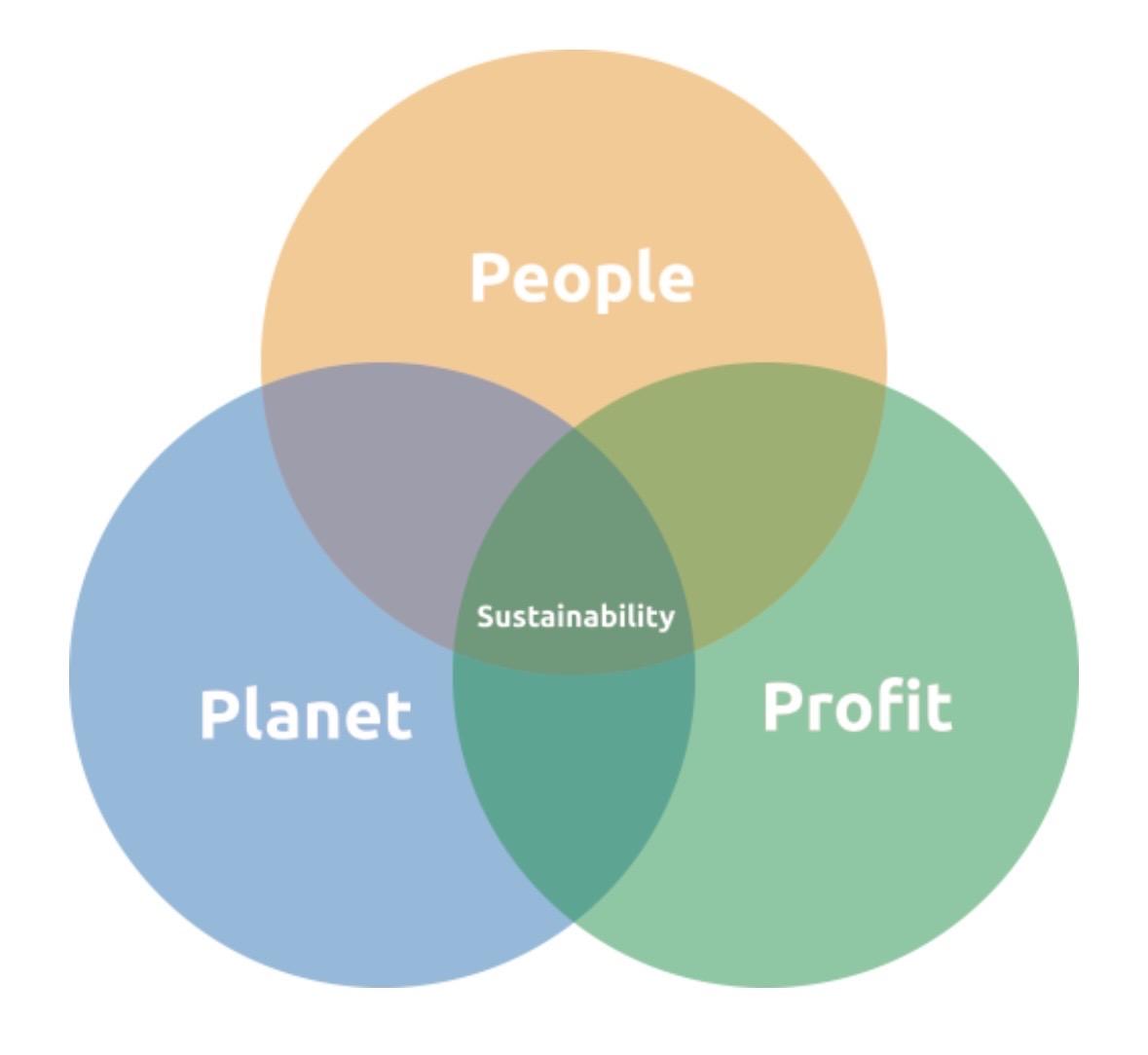#ClimateDiary i showed this in teaching the other day and it hit me all over again: how on earth did it happen that we all accepted #Profit having equal weight to planet and people? What even is this.
And yes, aware of origin and that now changed to “prosperity”. Also of the 17 UN SDGs etc. But there is no need for listing economic growth at all: planet and people wellbeing alone just fine. But we all accepted capitalism being inserted right into the heart of #sustainability


